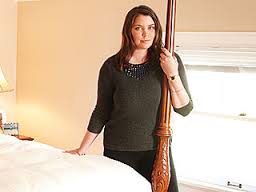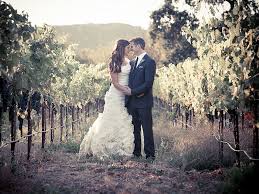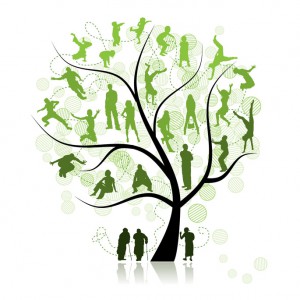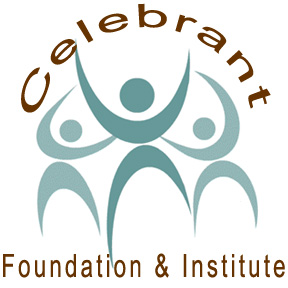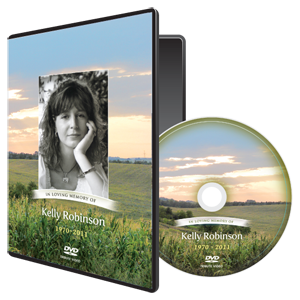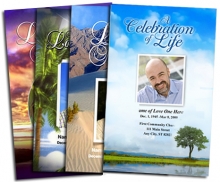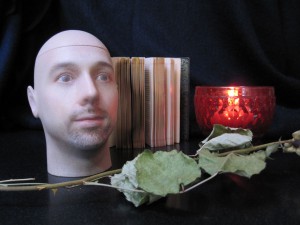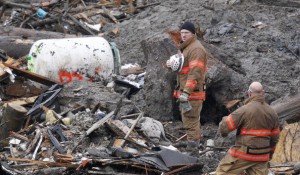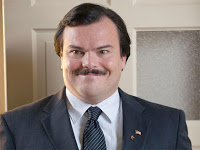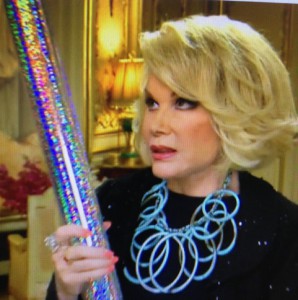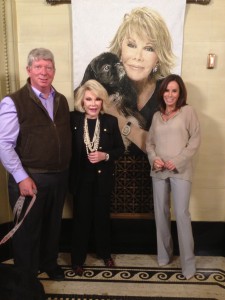 Just before dying, people have reported experiencing remarkably vivid yet meaningful visions and dreams that bring great personal comfort to them in a moment that, by all accounts, should be terrifying. However, these visions are not considered near death experiences (NDEs) because the people reporting them do not “come back to life”. Instead, they complete the cycle of birth, growth, life and death by passing into what scientists call the “clinical” or biological stage of death, where nervous and respiratory system functioning stops. Although thousands of studies have been conducted investigating the phenomenon of NDEs, little research results exists regarding the dreams and visions of a dying individual.
Just before dying, people have reported experiencing remarkably vivid yet meaningful visions and dreams that bring great personal comfort to them in a moment that, by all accounts, should be terrifying. However, these visions are not considered near death experiences (NDEs) because the people reporting them do not “come back to life”. Instead, they complete the cycle of birth, growth, life and death by passing into what scientists call the “clinical” or biological stage of death, where nervous and respiratory system functioning stops. Although thousands of studies have been conducted investigating the phenomenon of NDEs, little research results exists regarding the dreams and visions of a dying individual.
What the Research Says
A study published in the American Journal of Hospice and Palliative Care is considered the first study to accept a dying patient’s perspective on these dreams instead of a medical point of view, which insists that dreams, visions or hallucinatory events occurring to such patients can be attributed to dramatic changes in brain chemistry stemming medication side effects and a decreasing lack of oxygen and blood flow to the brain. According to the study, patients nearing their end of life found these dreams gave them great personal comfort and peace, helping them change their fearful perspective about death and accepting death without fear or anxiety. Authors of the study also suggest that physicians should not dismiss these experiences but recognize them as a positive aspect of the dying process.
In another study conducted at Hospice Buffalo, patients reported having at least one vision or dream that was much more vivid and memorable than normal REM dreams. These dreams exhibited emotionally insightful messages that predominantly involved loved ones who had already passed and were patiently waiting for them in some peaceful, otherworldly environment. In addition, researchers found that the closer a patient was to dying, the more they dreamed about dead relatives and friends, which patients described as pleasantly comforting to them.
Categories of Dying Dreams and Visions
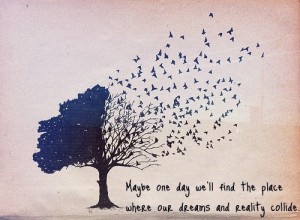 A review of the existing data concerning dying dreams found that patients approaching death frequently have vividly realistic dreams involving:
A review of the existing data concerning dying dreams found that patients approaching death frequently have vividly realistic dreams involving:
- The comforting presence of a deceased loved one (some patients reported seeing a loved one who was still alive but offered them solace and reassurance).
- Preparing to leave on a journey with a living or dead relative. For example, one patient said she had a dream about boarding a plane with her son, (who was still living) and felt great comfort and peace as they boarded the plane together.
- Engaging or just watching deceased relatives and friends. Realizing that their deceased loved ones had not simply “disappeared” and seemed happy and content also gave them a powerful sense of comfort and peace.
- Feeling like their deceased loved ones were waiting for them to pass. One woman told researchers a few days before her death that she had dreamed of standing at the top of a staircase while her dead husband patiently waited for her at the bottom of the staircase.
- Some people report reliving distressing or traumatic life experiences in the form of dreams or visions days or hours before dying. Reliving distressing experiences in this way seemed to be a kind of catharsis that relieved them of the pain they had felt while alive so that the transition from life to death could be completed in peace.
- Some patients dreamed of unfinished business or the inability to complete important tasks before they passed. For example, dying young mothers in some studies experienced distressing dreams about wanting to continue caring for their children until they were grown.
What Medical Professionals Should Do
Researchers of dying dreams strongly urge medical professionals, as well as skeptical family members and friends, to accept these dreams because not accepting them may be detrimental to the mental health of those dying. Hospice Buffalo Director of Research Pei Grant states that “we need to treat the whole patient, not just the disease, by remembering that overall quality of life, even at the end of life, is just as important as it is during life”. She recommends that practitioners and families talk with patients and loved ones about their dreams and accept them as real and meaningful. Interacting in this way with a dying person allows them look back on their life, come to terms with certain experiences and gives them a chance to process their feelings about death. Grant says that being there and listening is the best thing a loved one can do for a friend or relative who is dying. “This acknowledgement of the personal significance of end of life dreams and visions helps families and patients through the difficult transition from accepting a negative diagnosis, they process of dying and finally, death itself”.
Withdrawing from the External World
 In addition to comforting dreams and visions, patients also report strong feelings of detachment from the “real” world and loss of interest in what living people consider reality. A short time before death, dying people may become less responsive to touch, voice or other stimuli and appear to be in a light sleep. Sometimes they may unexpectedly emerge from this detachment and appear as though nothing was wrong with them. Now talkative and alert, the person may be eager to talk about their dreams as well as personal insights they discovered while in this state of withdrawal. During this time, loved ones should accept what they have to say and reassure them that what is happening to them is real, relevant and purposeful. Don’t distract them from talking about their dreams. Remain supportive, non-critical and continue providing as much loving attention as possible.
In addition to comforting dreams and visions, patients also report strong feelings of detachment from the “real” world and loss of interest in what living people consider reality. A short time before death, dying people may become less responsive to touch, voice or other stimuli and appear to be in a light sleep. Sometimes they may unexpectedly emerge from this detachment and appear as though nothing was wrong with them. Now talkative and alert, the person may be eager to talk about their dreams as well as personal insights they discovered while in this state of withdrawal. During this time, loved ones should accept what they have to say and reassure them that what is happening to them is real, relevant and purposeful. Don’t distract them from talking about their dreams. Remain supportive, non-critical and continue providing as much loving attention as possible.
What Happens After the Death of a Loved One?
Experiencing the emotional effects of the death of a loved one is an intense and complicated process involving conflicting emotions that many individuals find hard to understand or manage. The sudden death of someone who was not expected to pass away is probably the kind of death which causes the most impact on individuals. Talking to a healthy and living human being one day and discovering they are no longer alive the next can generate severely crippling emotional issues that people often deal with by using illegal drugs or exhibiting other forms reckless behavior.
Symptoms of the Grieving Process
Repressing emotions caused by the death of a loved one can create physical symptoms which you might not realize are the result of your emotions. Feeling depressed, alone or confused can activate stress hormones which can cause physical complaints such as backaches, insomnia, sleeping too much, heart palpitations and even flu-like symptoms. Sometimes people think there is something seriously wrong with them and visit many different doctors who tell them they can find nothing wrong. It usually takes a referral to a professional grief counselor to help the person understand what is causing these symptoms
Dealing with Emotions
Receiving counseling from a therapist trained in dealing with grief and other strong emotions associated with the death of a loved one can greatly help the affected individual in realizing and coping with his emotions. Guilt, despair, confusion and fear are all common emotions people experience after a loved one dies. Ignoring these emotions will only prevent them from being understood and eventually assimilated into the everyday emotions that one feels. Moreover, knowing that the dying dreams and visions experienced by a loved one just prior to death gave that person much peace and comfort may help relieve feelings of loss and grief associated with losing a loved one, since some levels of grief can be traced back to a person’s own fearful feelings about death.
Join The Author Jeff Staab On Google Plus
Like him on Face Book HERE
Connect on LinkedIn www.linkedin.com/in/jeffstaab


